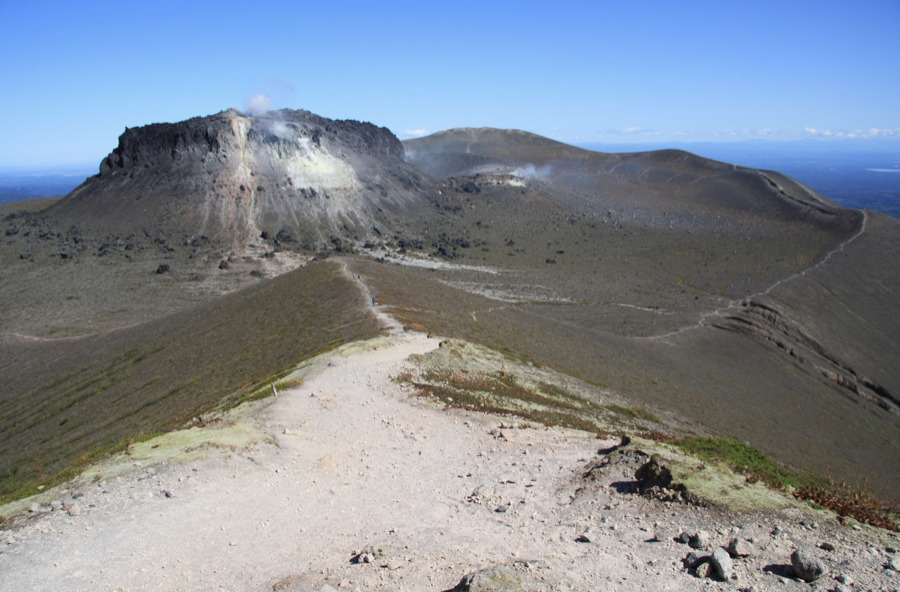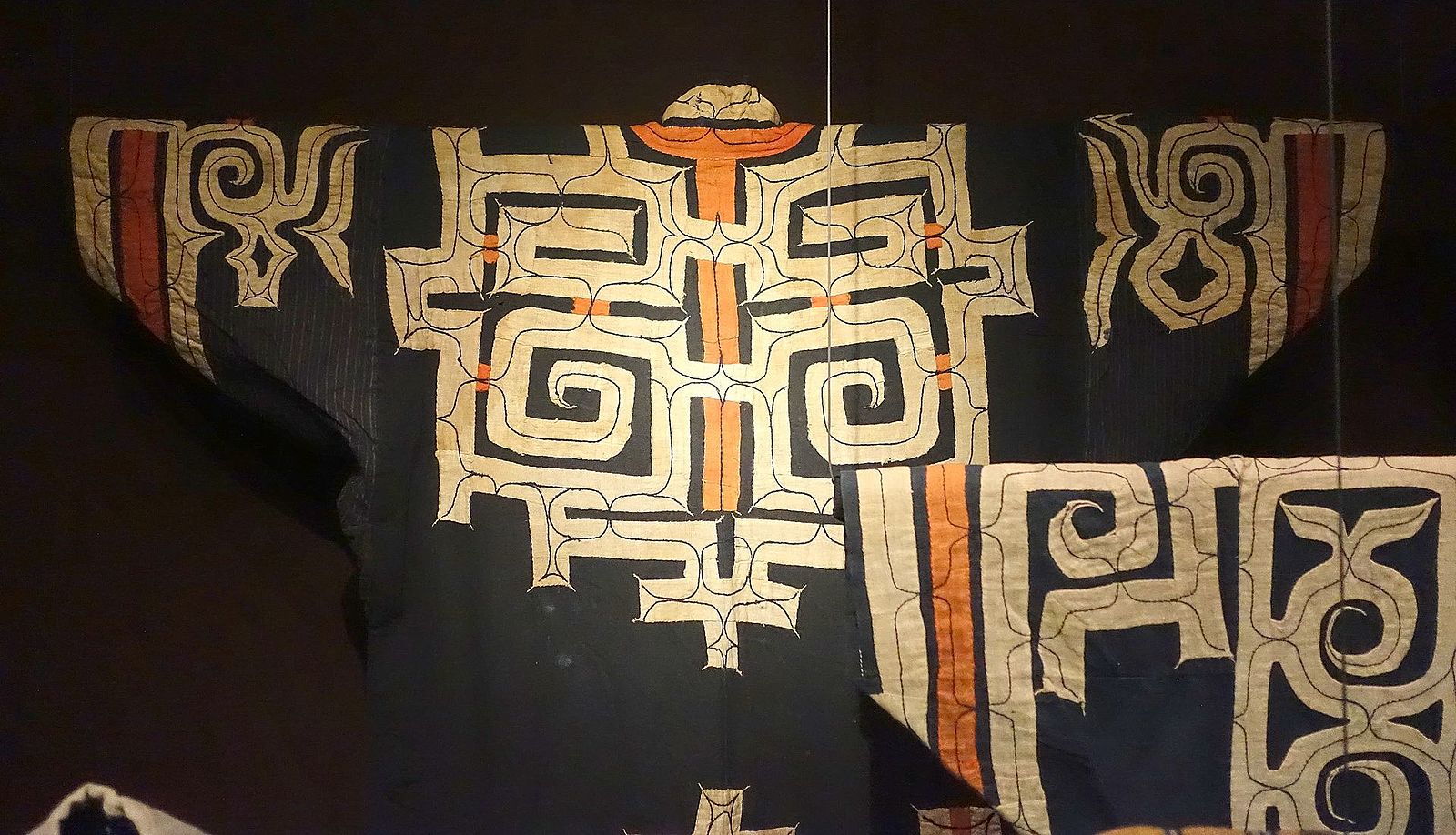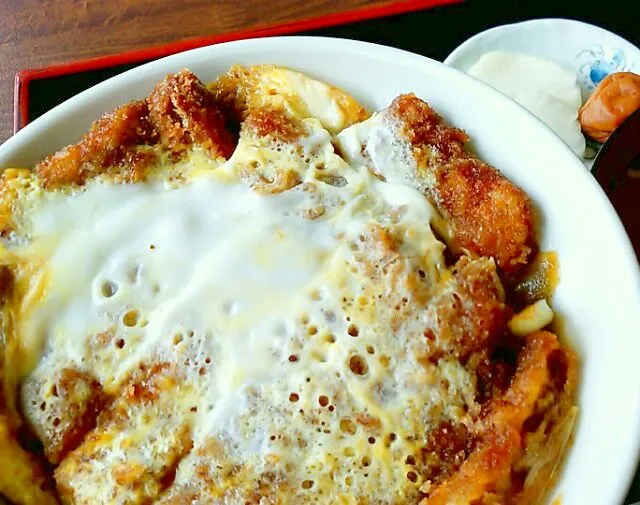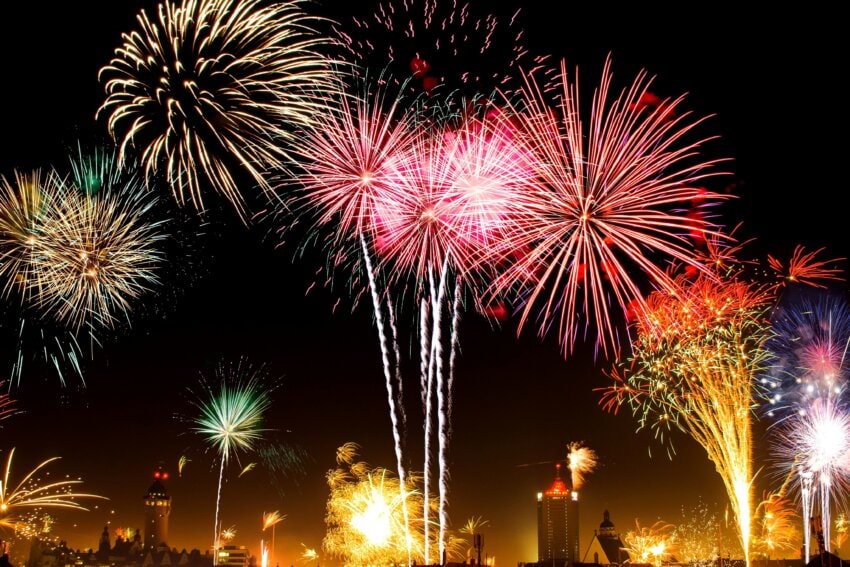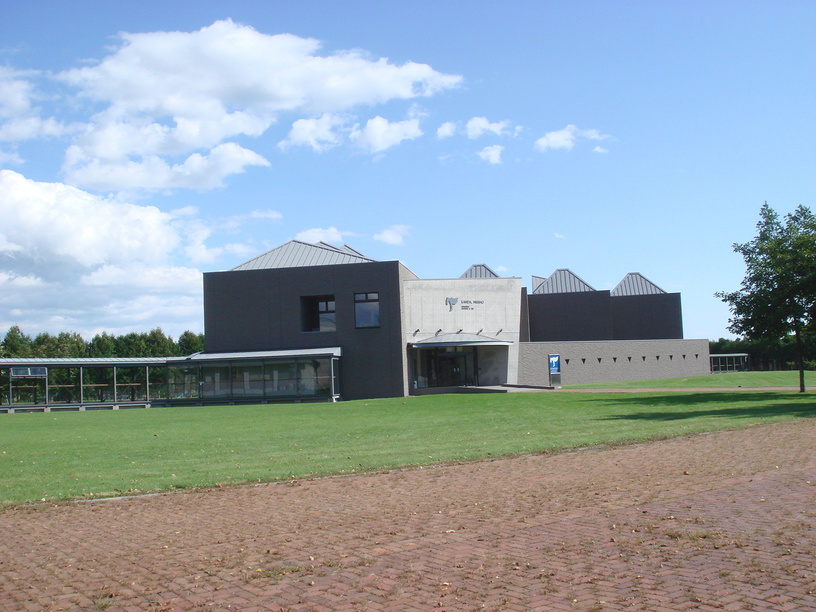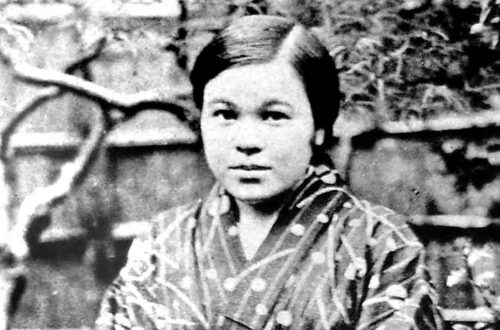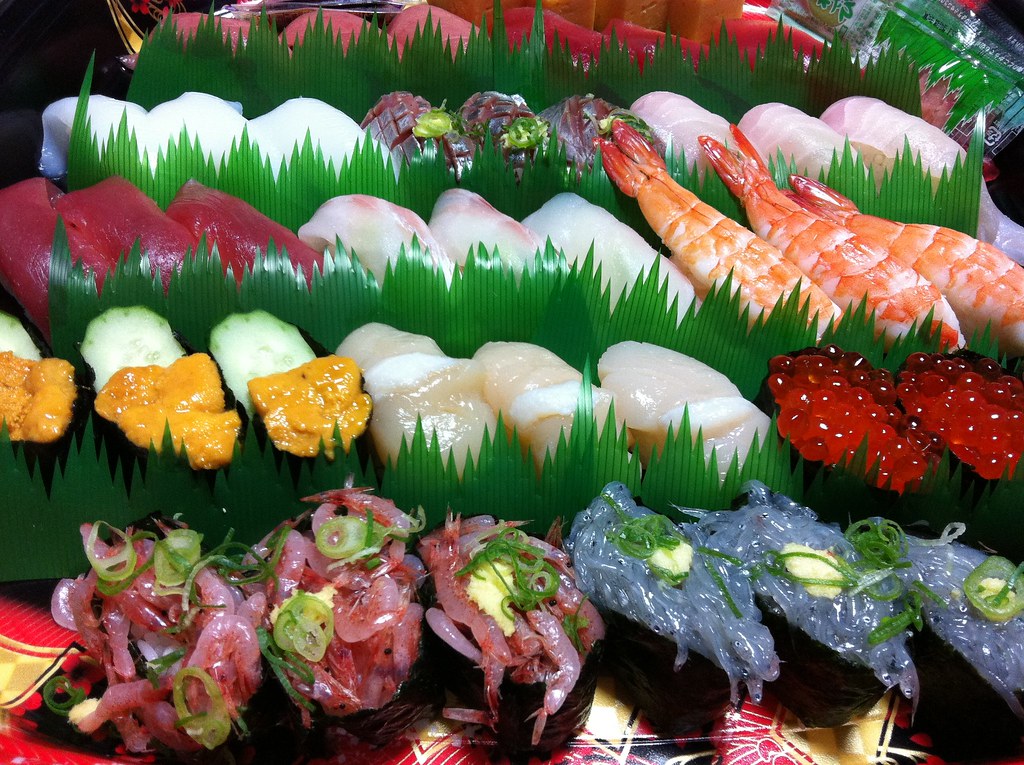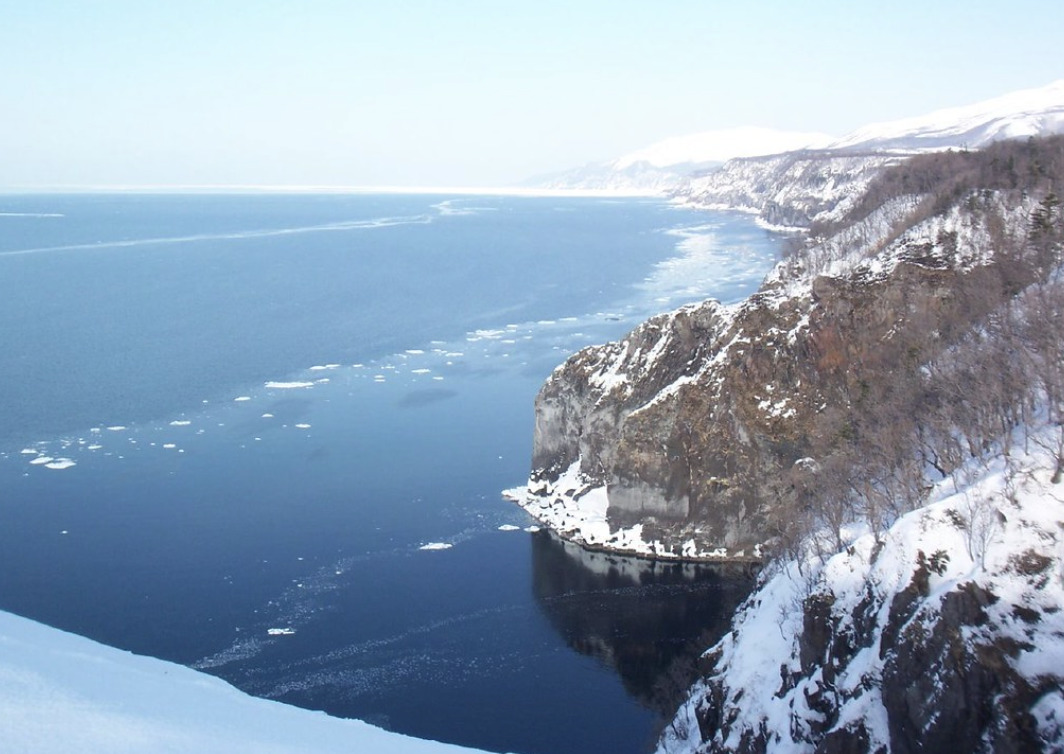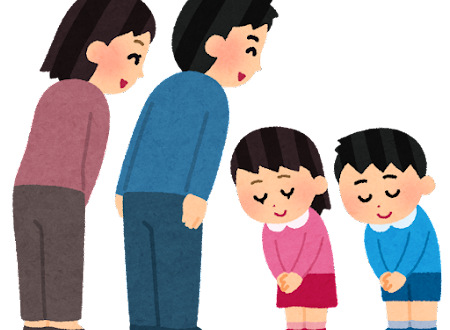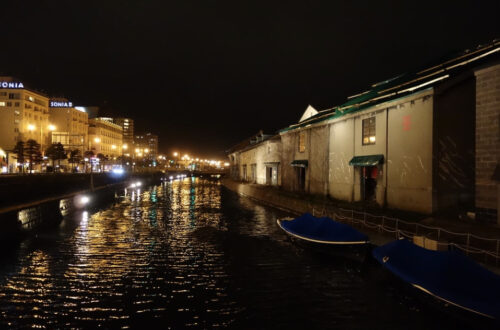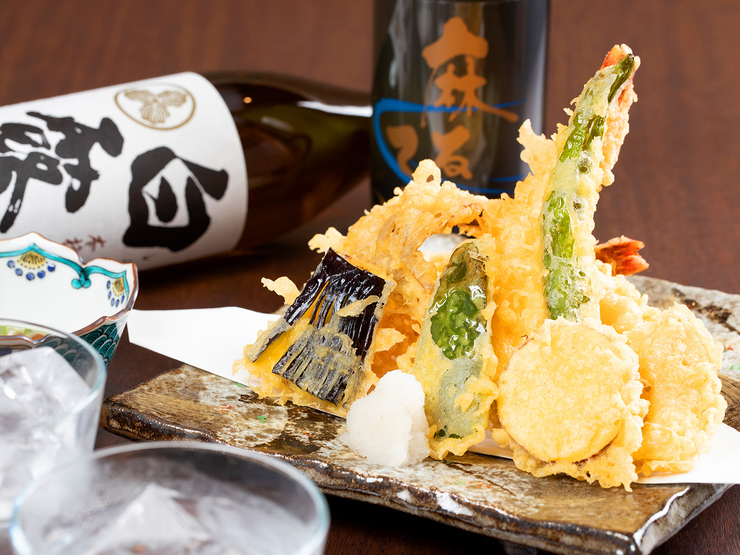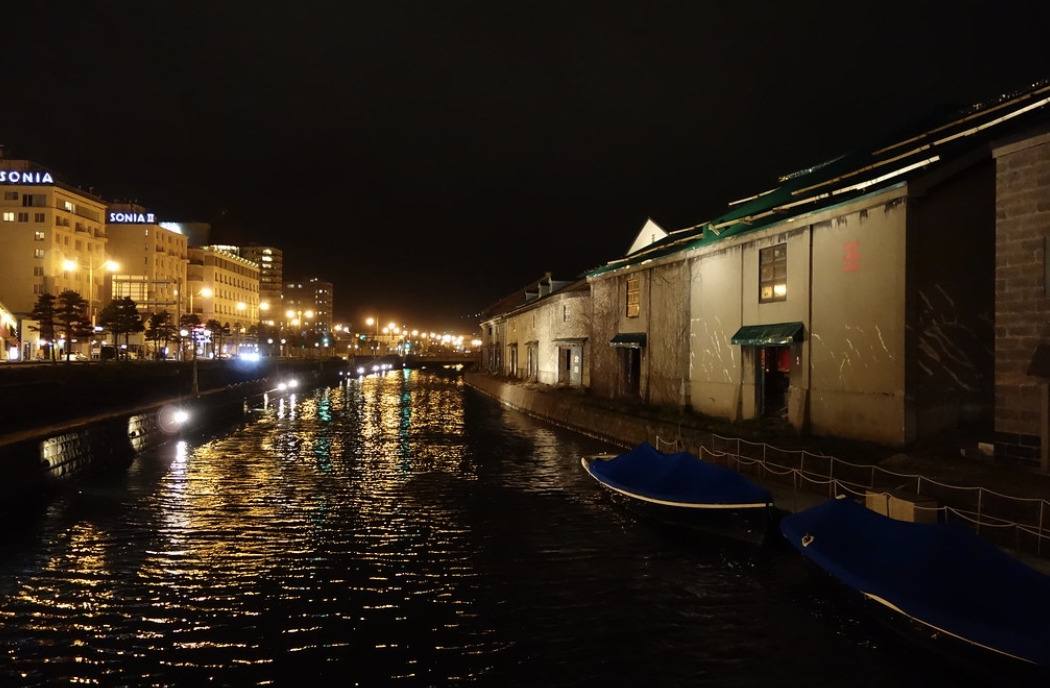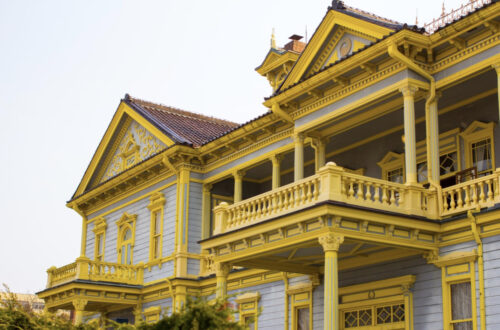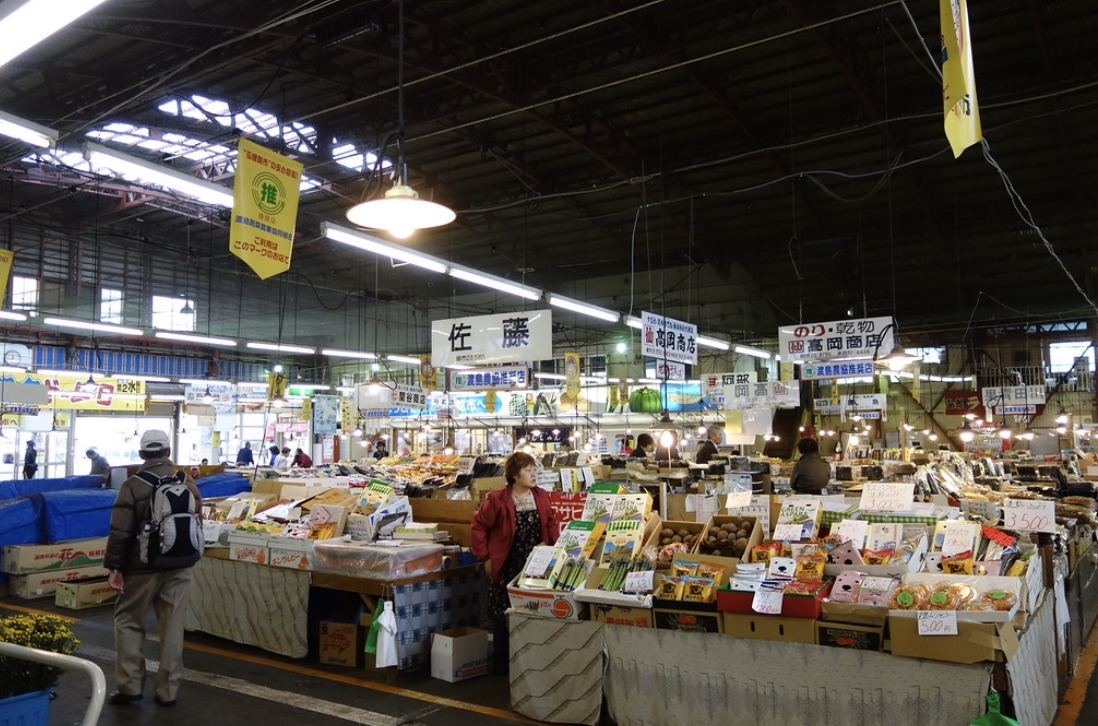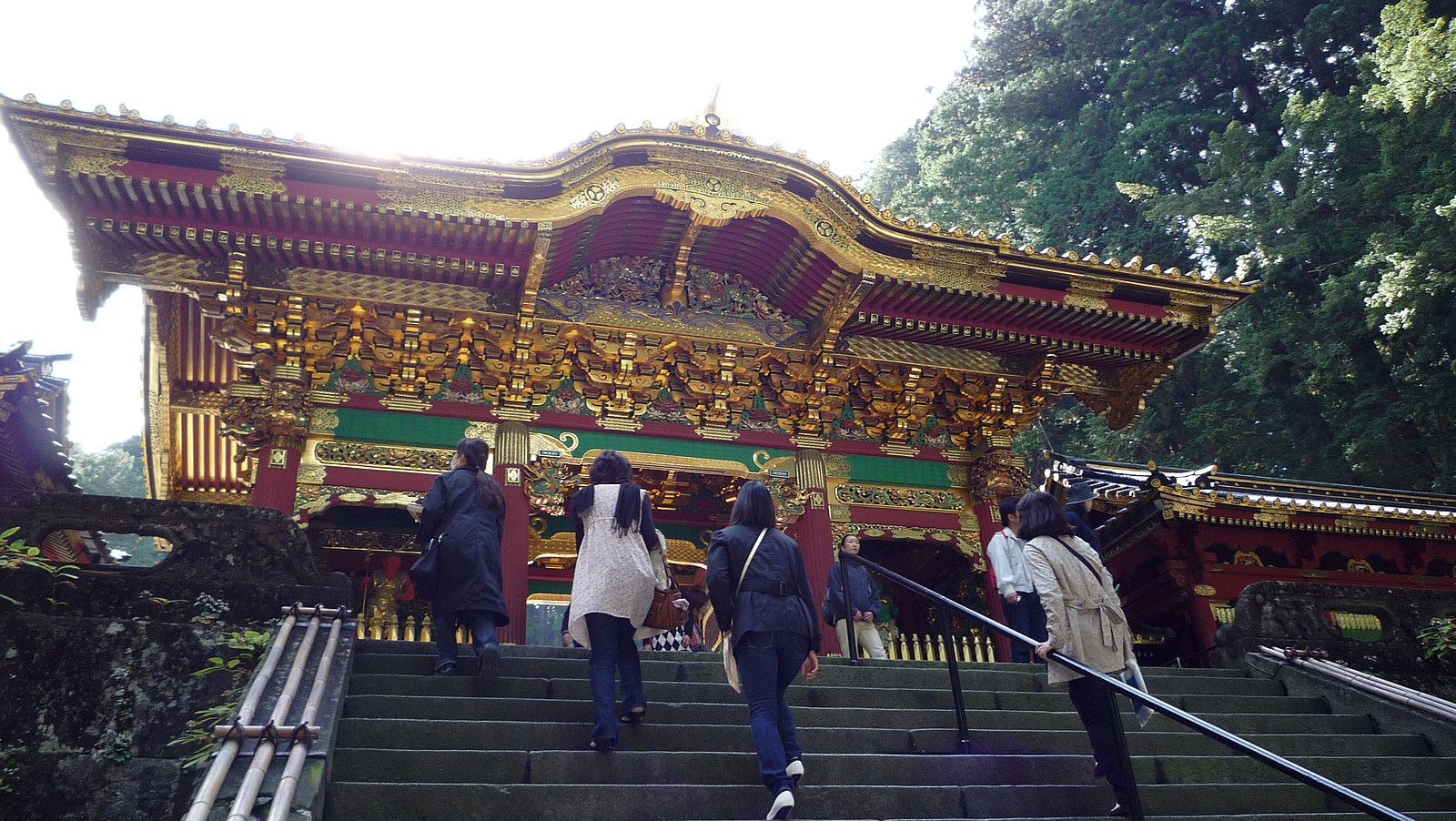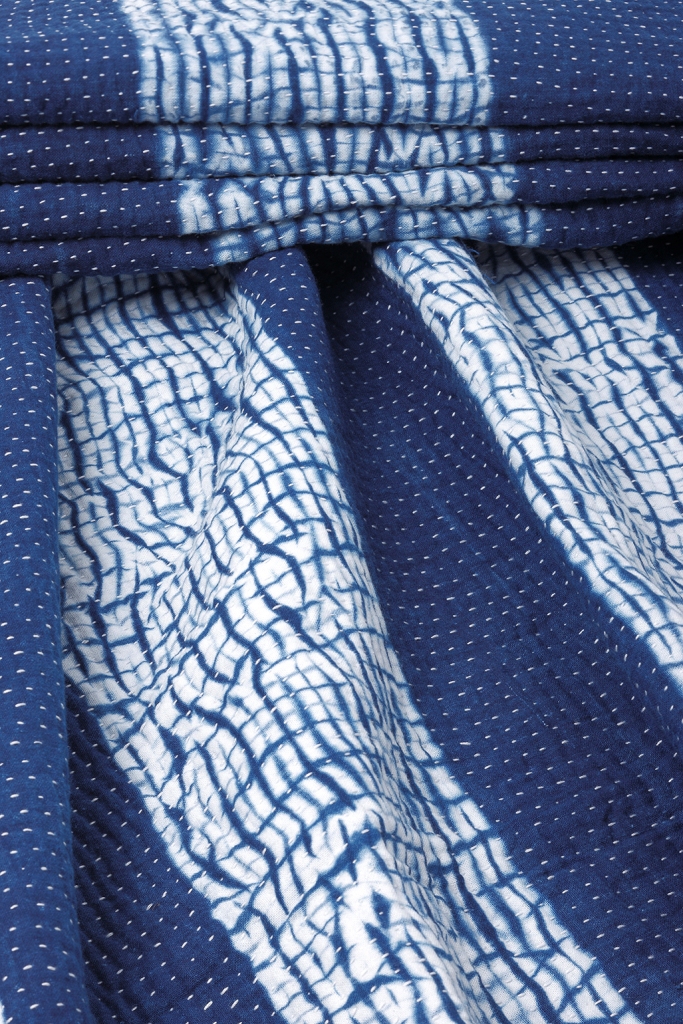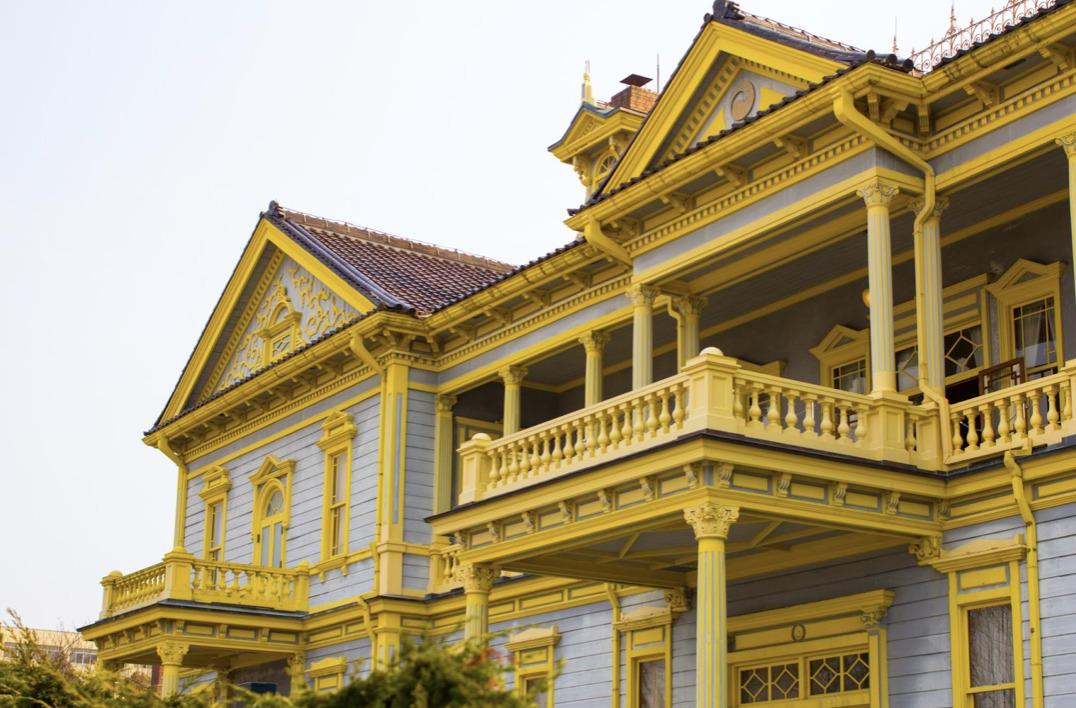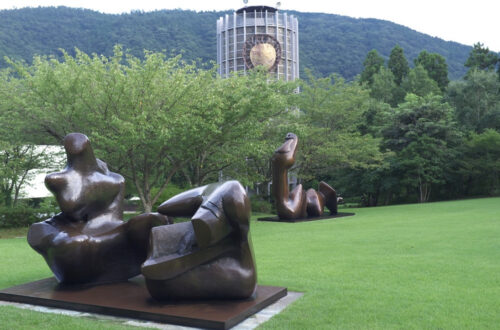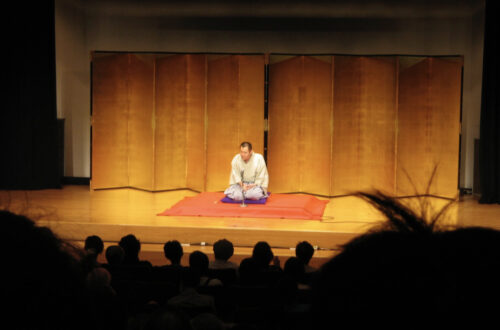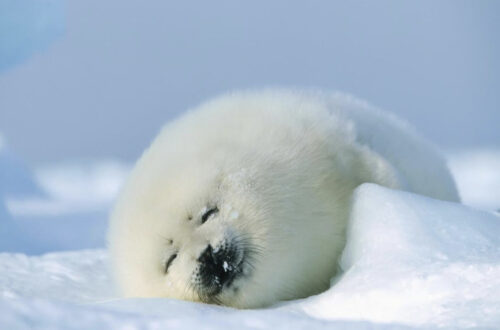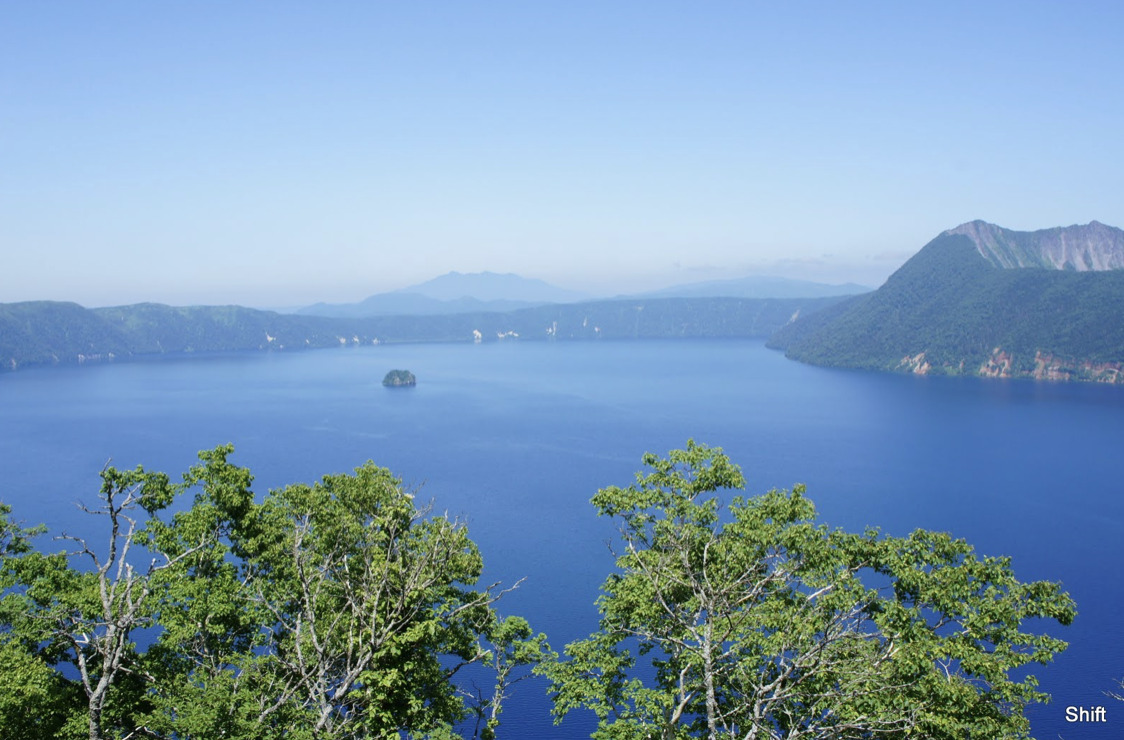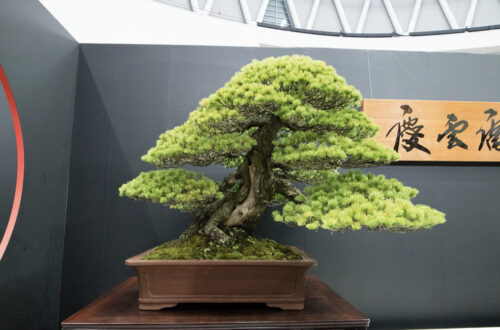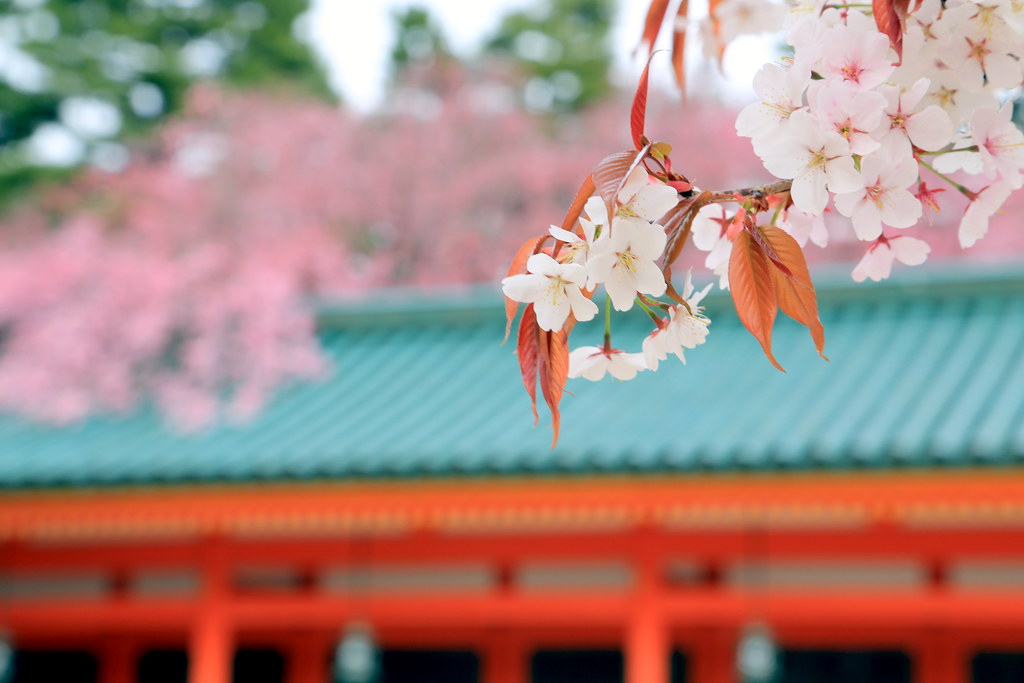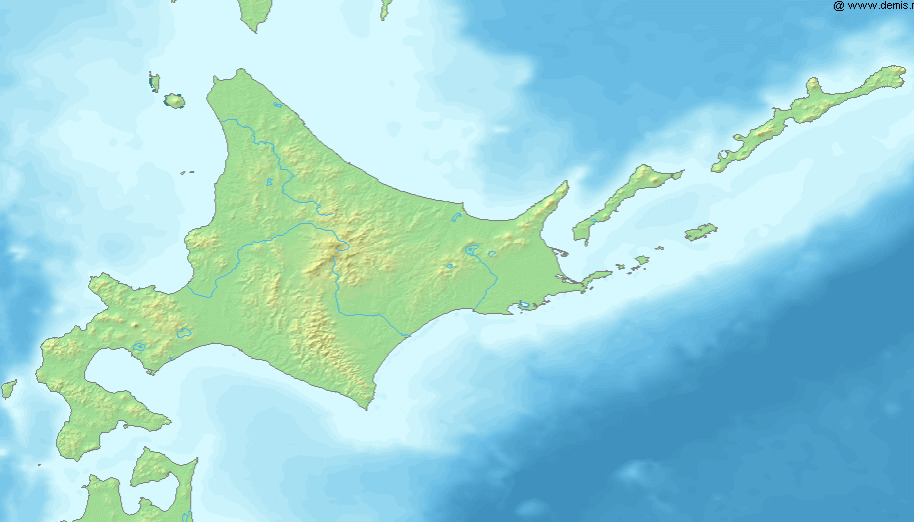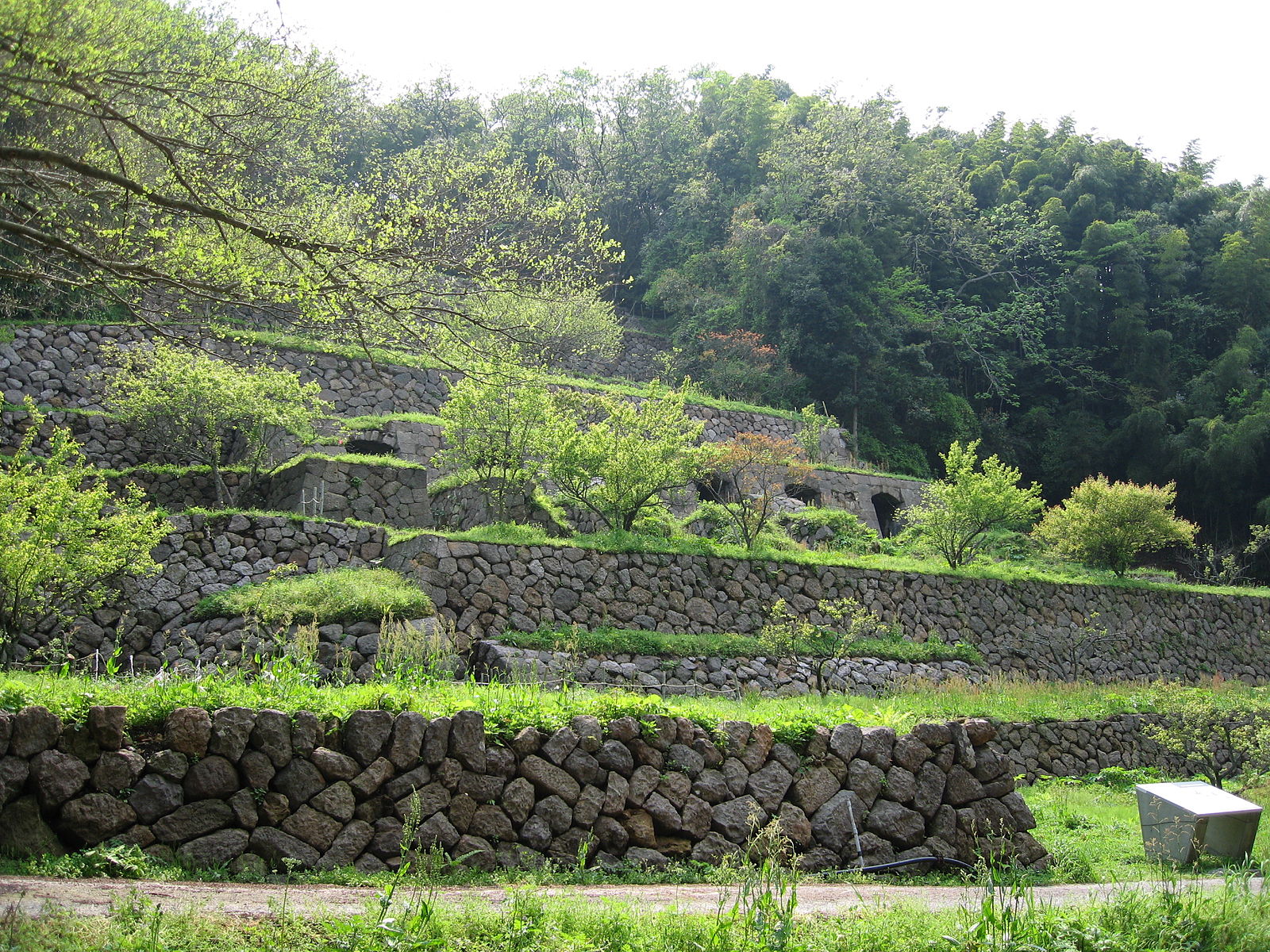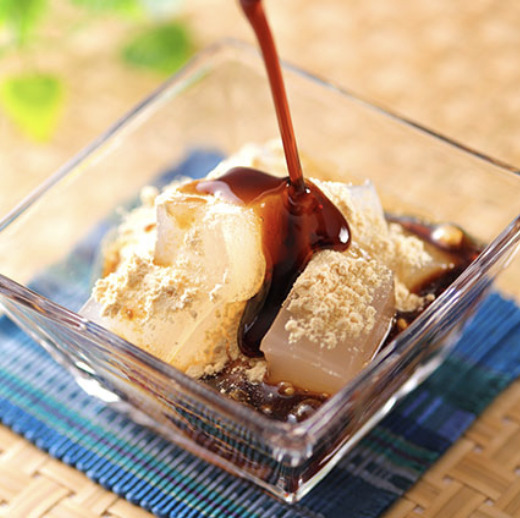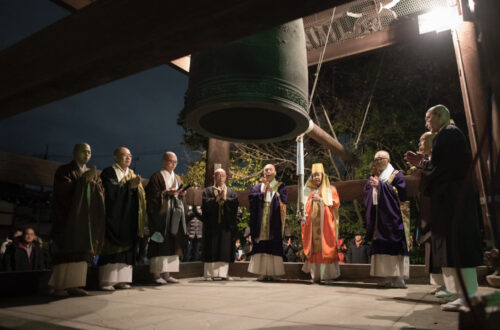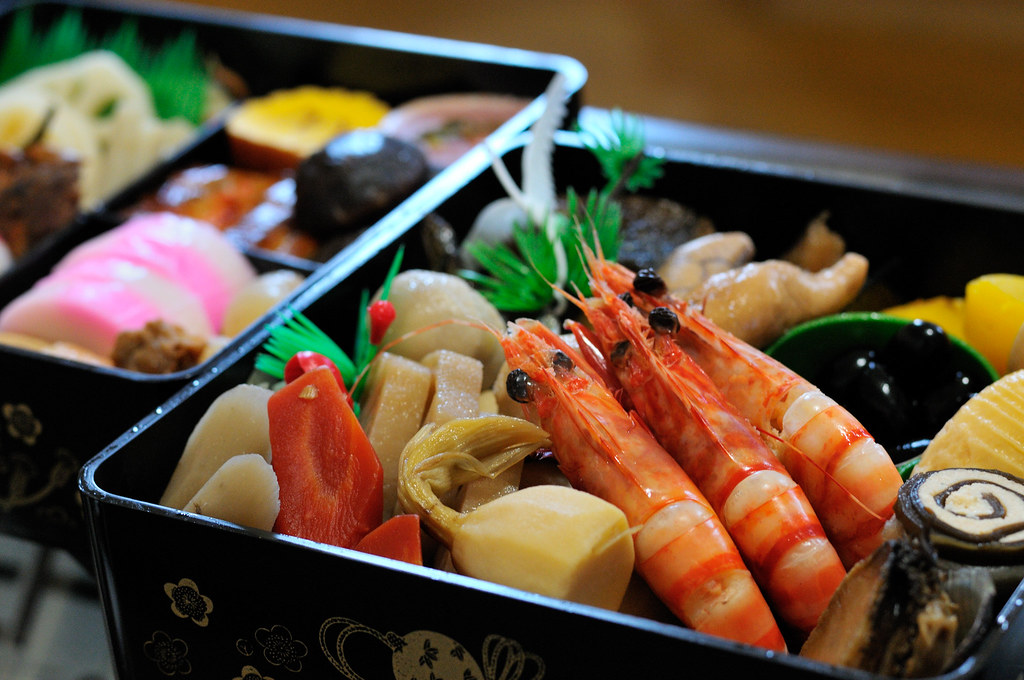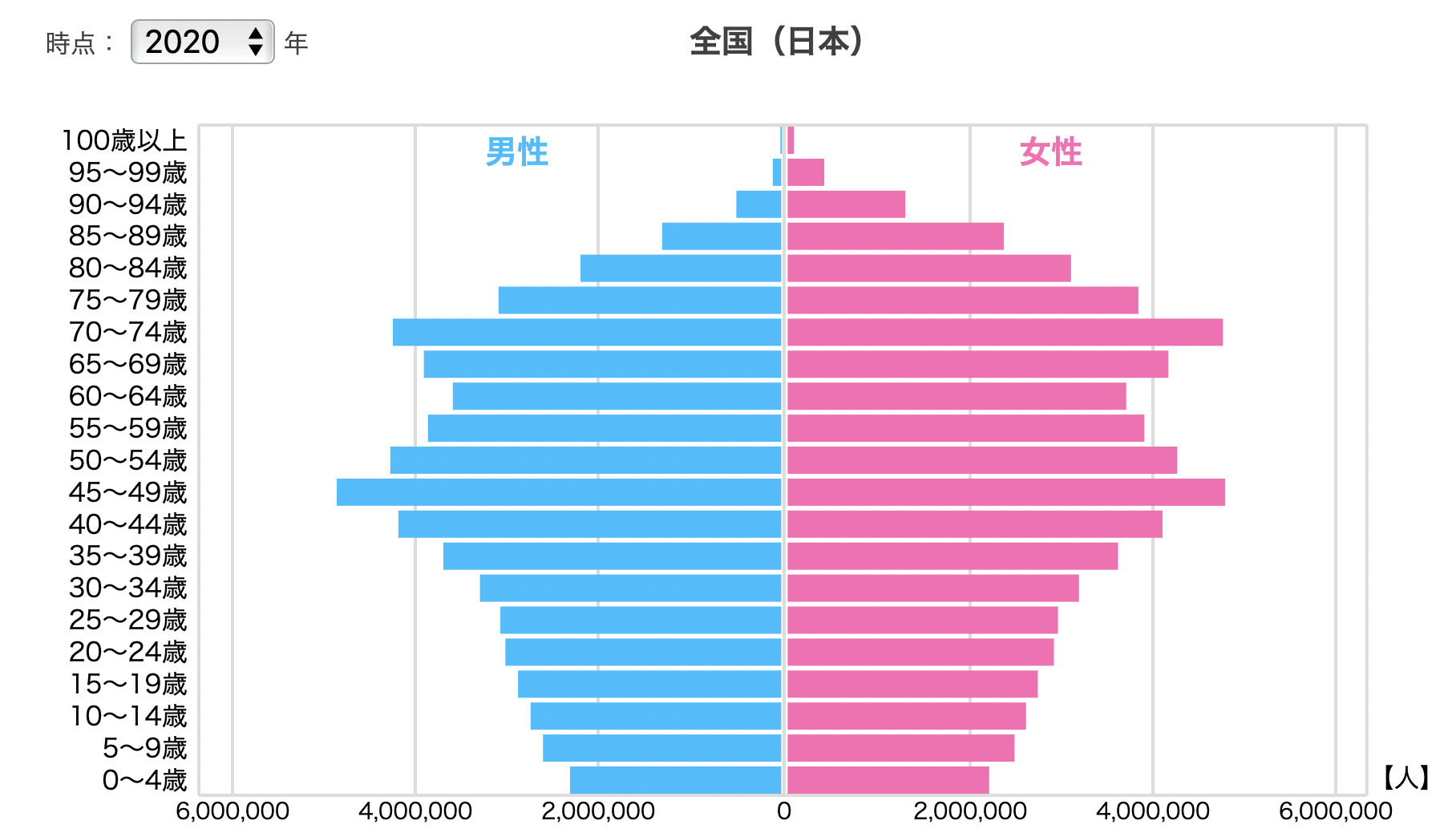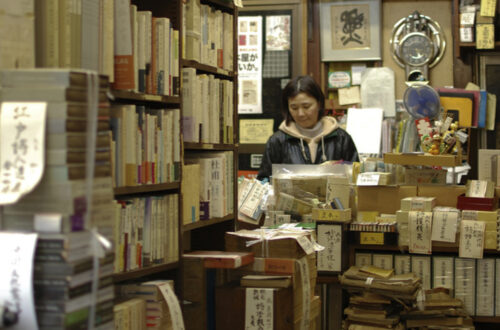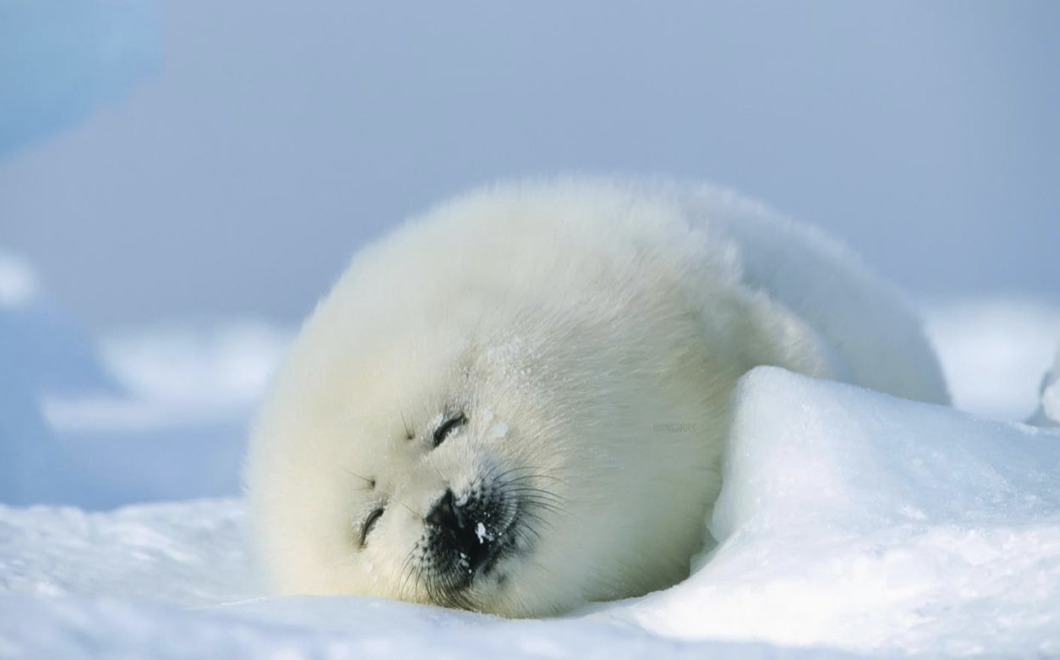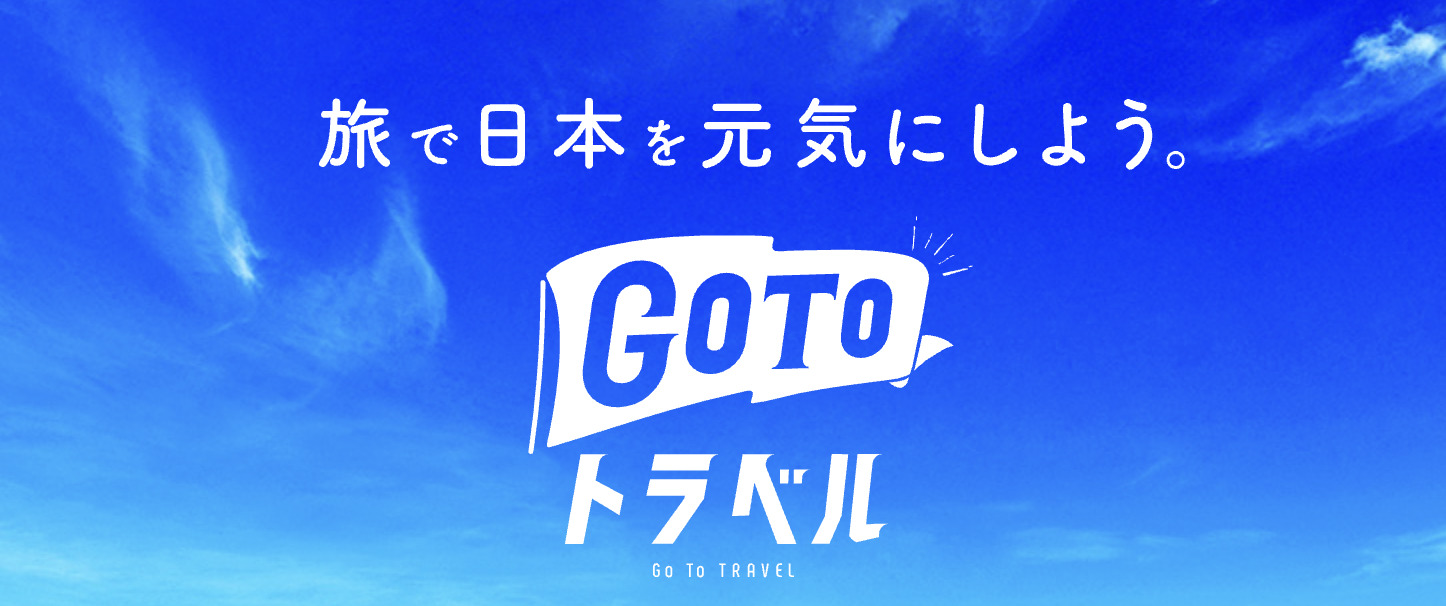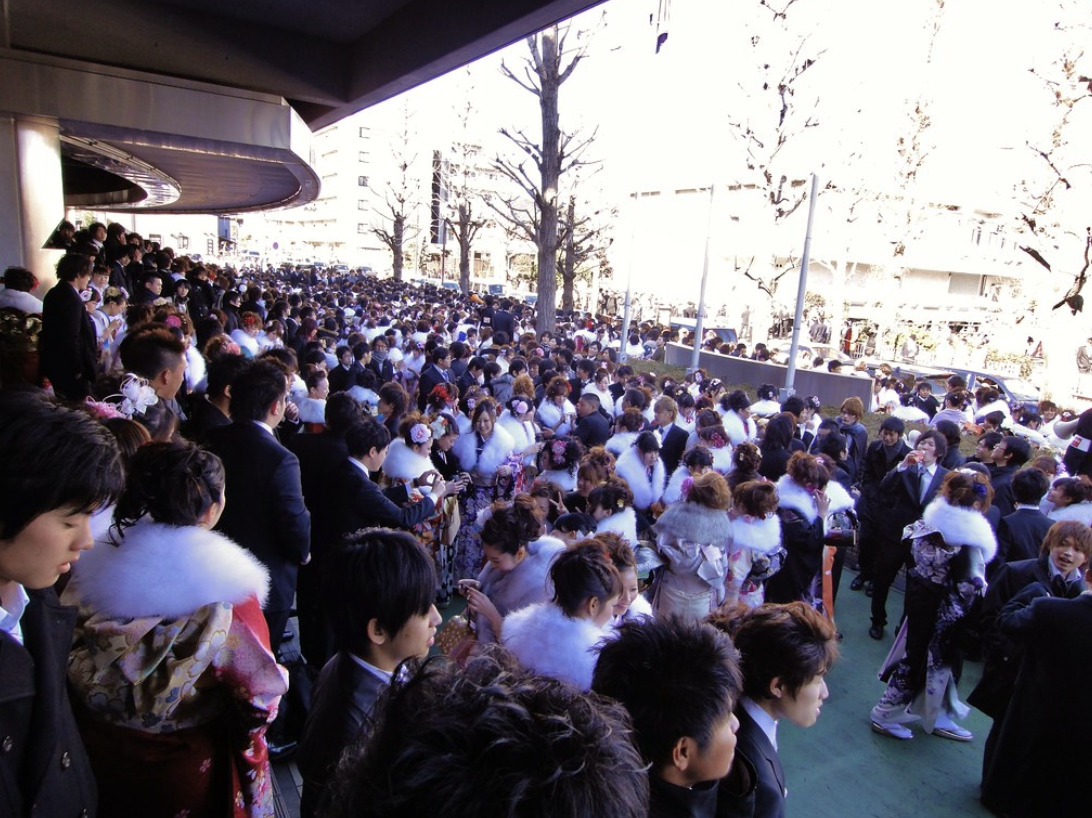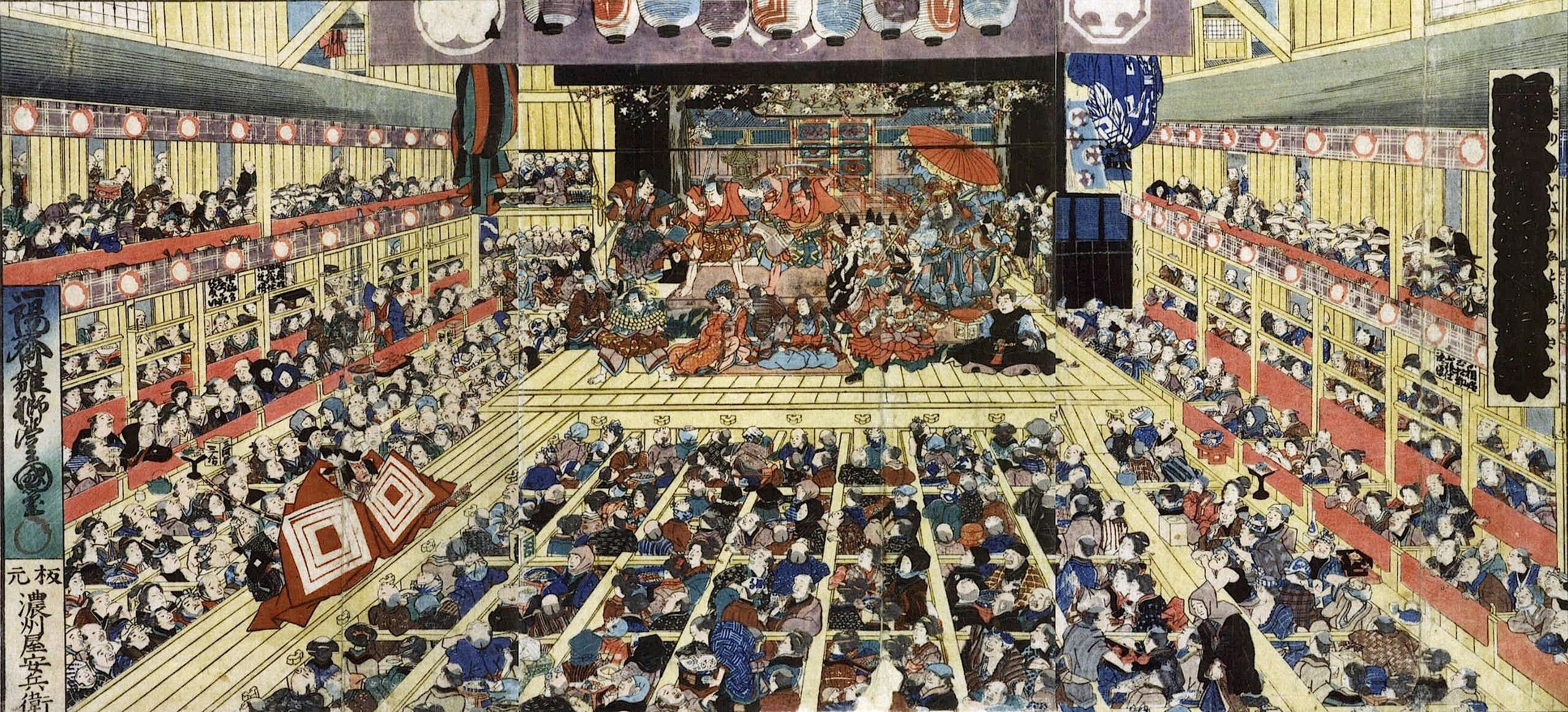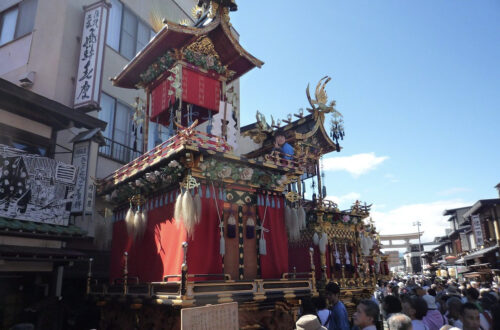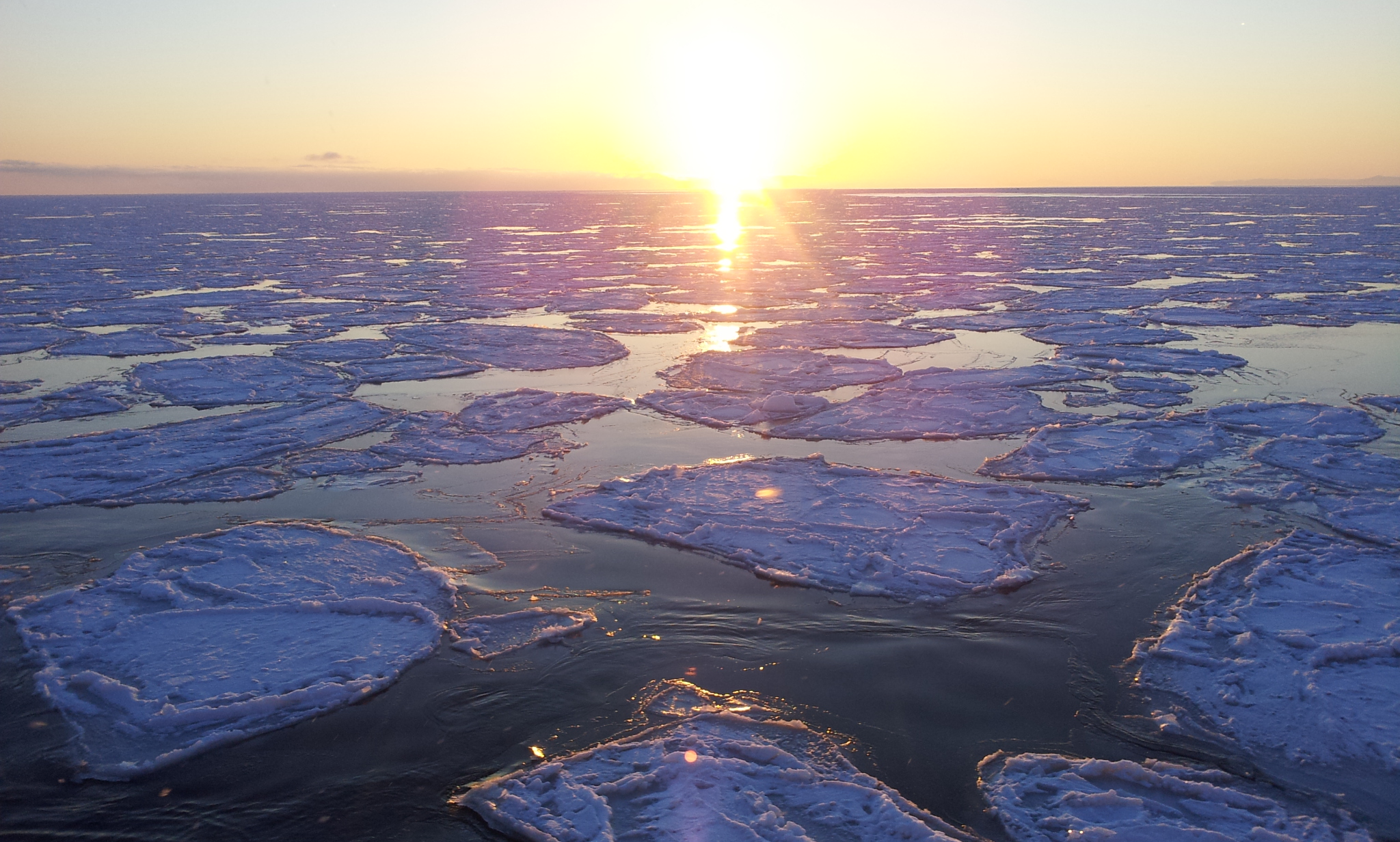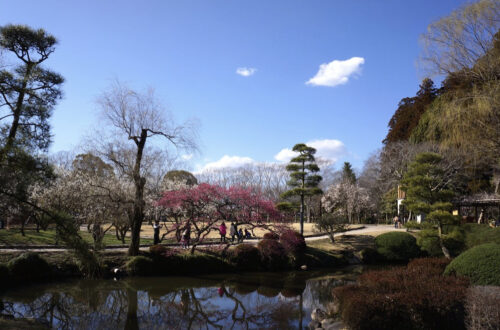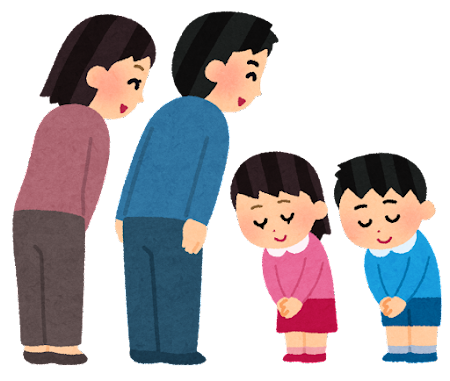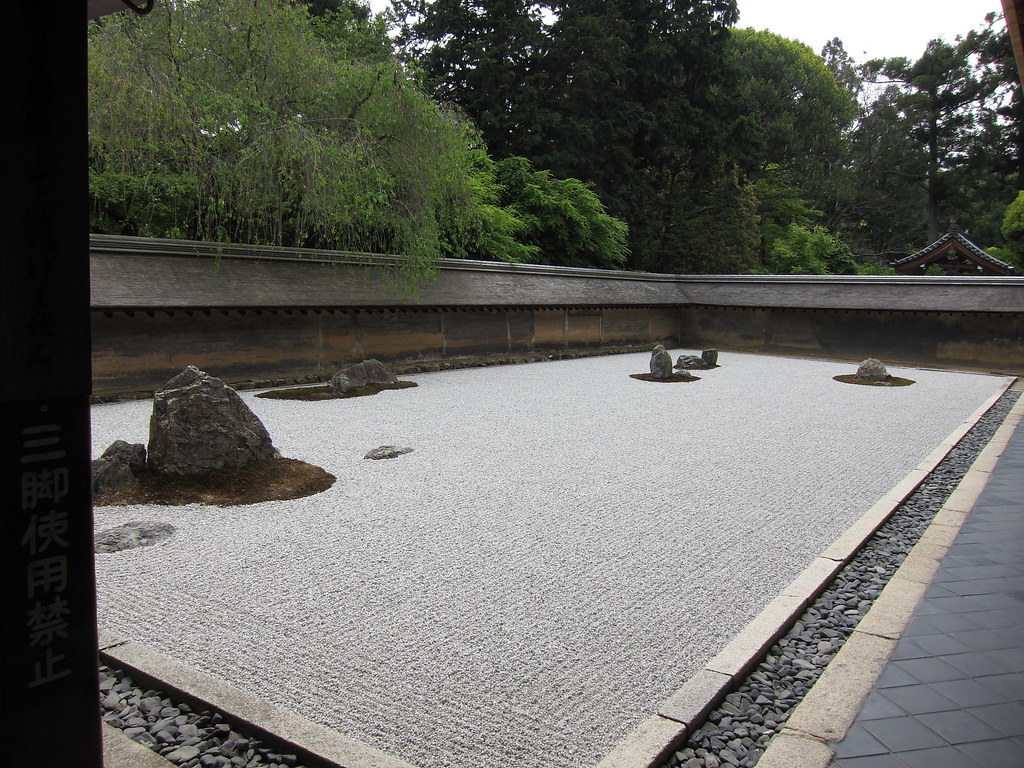Japanese Culture
Japanese Culture
-
Mt.Tarumae 樽前山
Mt.Tarumae is an active volcano at a height of 1,041m, which is situated in the south of Lake Shikotsu, in the northwest of Tomakomai City. At the summit of the mountain, there is a huge lava dome that was formed by the eruption in 1909. The dome is designated as a natural cultural asset in Hokkaido. Mt.Tarumae is one of the three Shikotsu mountains with Mt.Fuppushi and Mt.Eniwa. Its name originated from Taoromai of Ainu language meaning “high place at the bank of a river”. Since you can go to the 7th station by car, it’s easy even for children to access the top, it is a very popular excursion…
-
Kanda Nissho 神田日勝
Kanda Nissho was a Japanese painter who was born in Nerima, Itabashi-ku, Tokyo in 1937. When he was seven years old, his family evacuated to the town of Shikaoi in Hokkaido to escape the war, and settled there. While working as a farmer, he taught himself to paint with oil, and later became active in the exhibitions of the Heigen Art Association, the All Hokkaido Art Association, and the Independent Art Association. He died at the age of 32, although he was highly regarded as a representative painter of Hokkaido. 神田日勝は1937年に東京板橋区練馬で生まれた日本の画家です。 7歳のときに戦火を逃れる為に一家で北海道鹿追町へ疎開し、そのまま定住しました。農業をするかたわら独学で油絵をはじめ、その後、平原社美術協会展や全道美術協会展、独立美術協会展で活躍しました。北海道を代表する画家として評価を得つつも、32歳で死去しました。 先日、用事で旭川を訪れた際、北海道立旭川美術館で神田一明、日勝の特別展(会期 2021.12.18(土) – 2022.03.13(日))を見てきました。日勝の生前は実現しなかった兄弟そろっての展覧会ということでした。前半は一明、そして後半の日勝のエリア(最初に自画像)を見た途端、同じ兄弟でもこんなにも違うのかと興味深く思いました。 数年前に鹿追町の神田日勝記念美術館にも行きました。若くして亡くなっているので作品数こそ少ないものの、ベニヤ板にペインティングナイフで描かれた油彩画はとても力強く、同時に物悲しくもあり、強烈に印象に残りました。板とトタン張りの家、錆色のストーブや農具、ドラム缶、そして馬。作品を見ていると、私が幼少の頃、また、私の親たちが過ごしてきた北海道の冬と貧しくもたくましく生きる人々の暮らしを連想します。 来道することがあれば一度足を運ばれることをおすすめします(ちょっと遠いですけど)。 お読みいただきありがとうございました。
-
Chiri Yukie 知里幸恵
Chiri Yukie was born in Noboribetsu in 1903 and spent her childhood there. Her father Takakichi and her mother Nami both were Ainu from Chiri and Kanenari. Yukie moved to Asahikawa when she was 7, and had been living together with Kanenari Matsu, the elder sister of her mother, and Monashinouku, her grandmother. Yukie is well known as the author of “Ainu-Shinyoshu”, first written collection of Ainu divine tales, which contains 13 Kamui-yukara, or divine songs of Ainu people, and is highly evaluated for its Ainu notation, translation, and preface. In May 1922, Yukie moved to Tokyo, but died of heart disease on September 18 at the age of 19.…
-
Shiretoko 知床
Shiretoko is situated in the southernmost point in the northern hemisphere where drift ice touches the shore. It was designated as a World Natural Heritage site because of its marine and terrestrial ecosystems influenced by the drift ice. Hokkaido celebrates Shiretoko Day on January 30, the first day that the drift ice touched the shore in the year of 2005. This day is celebrated because of the drift ice, which has important meaning as the beginning of the ecosystems in Shiretoko. 知床は、北半球において流氷が接岸する南限であり、この流氷の影響を受けた海と陸の生態系の豊かなつながりが高く評価されて、世界自然遺産に登録されました。 このため、道では、知床の豊かな生態系を支える出発点として重要な意味を持つ「流氷」にちなみ、遺産登録年(平成17年)の知床における流氷接岸初日の1月30日を知床の日としました。
-
Otaru 小樽
Otaru City is a port city in Hokkaido, facing Ishikari Bay and located northwest of Sapporo. Otaru is mainly known for its glass art, music boxes and sake breweries, and the Nichingoten (herring palace), a former fishing facility built in 1897. It has an exhibit that traces the important role fisheries played in Otaru’s history. The old warehouse district along the Otaru Canal, built in 1923, has been transformed into a modern district with cafes and stores. 小樽市は石狩湾に面し、札幌市の北西に位置している北海道の港湾都市です。主にガラス工芸、オルゴール、酒蔵で知られています。1897 年に建てられた旧漁業施設である鰊御殿では、小樽市の歴史で漁業が果たした重要な役割をたどる展示があります。小樽運河沿いにある 1923 年に造られた旧倉庫街は、現在ではカフェやショップが並ぶモダンな地区に生まれ変わっています。
-
Hakodate Morning Market 函館朝市
The Hakodate Morning Market is a one-minute walk from JR Hakodate Station, and is said to have originated in 1945 when farmers from neighboring towns and villages brought fruits and vegetables to sell in front of Hakodate Station. Hakodate Morning Market is widely known as a tourist spot in Hakodate, with approximately 280 stores and 1.8 to 2 million visitors annually. The market is a lively place where you can find fresh foods unique to Hokkaido, such as squid, crab, salmon and other seafood, as well as places where you can eat fresh seafood on the spot. It is recommended to visit the market as early as possible as the…
-
Hakodate 函館
Hakodate is one of the major cities in Hokkaido. Reaching the top of 334m Mt.Hakodate with an aerial ropeway, you can enjoy an impressive night view of the city. Motomachi, located at the foot of the mountain, is an area with a lot of slopes dotted with Western-style buildings which were built in the early 20th century. This style of buildings include the former Hakodate Ward Public Hall built in 1910. 函館は北海道にある主要都市のひとつです。町を見下ろす334mの函館山に空中ロープウェイのゴンドラで頂上まで登ると、印象的な夜景を眺めることができます。麓にある元町は、20世紀初期に造られた洋風の建物が点在する坂の多い町です。元町の代表的な建物には、1910年に建てられた旧函館区公会堂などがあります。
-
HOKKAIDO part2 北海道 その2
From the north to the south, the Teshio, Kitami, Ishikari, and Hidaka mountain ranges run through the center of Hokkaido. The Daisetsu Mountains, with Asahidake (2,291m) as its highest peak, are known as the “roof of Hokkaido”. The Ishikari, Tokachi, and Teshio Plains, as well as the Nayoro, Kamikawa, and Furano Basins, are spread throughout Hokkaido, amongst other smaller plains. It is also home to some of Japan’s most famous marshlands, such as Kushiro Marsh and Sarobetsu Plain. There are more than 14,700 rivers, the qualities of which are maintained at a good level by the constant monitoring conducted by the provincial government. Many of the water bodies have been…
-
HOKKAIDO 北海道
Hokkaido is located in the northernmost part of the Japanese archipelago and is at about the same latitude as major cities in the world such as Chicago, Montreal, London, Rome, and Munich. It covers an area of 83,457 km2, which is about 22.1% of Japan’s total land area. It is the largest of all prefectures, 39.7 times the size of Tokyo and equivalent to the area of Austria. Mountainous terrain accounts for almost half of the total land area, but compared to the rest of Japan, there are fewer mountains and slopes, and the land is more gently sloping. It is surrounded by three oceans: the Pacific Ocean, the Sea…
-
Warabimochi (Bracken Rice Cake) わらび餅
Warabimochi, or bracken rice cake, is a simple looking Japanese confectionery made by adding sugar and water to warabiko, or bracken powder. It is eaten on its own, or sometimes with kinako (soybean flour) or kuromitsu (molasses), or with anko (sweet bean paste). It is made by mixing heated starch with sugar and water, then cooling and hardening the mixture, so the resulting warabimochi becomes translucent and pulpy, giving it a cool appearance. The history of warabimochi is very old, and it is said to have been the favorite food of Emperor Daigo, so it is thought that wrabimochi already existed in the Heian period (10-12th century). わらび餅は、わらび粉に砂糖と水を加えて作られるシンプルな見た目の和菓子です。そのままで食べるのはもちろん、きな粉や黒蜜をかけたり、あんこと一緒に食べることもあります。熱したでんぷんに砂糖と水を加えて混ぜ、それを冷やし固めて作るため、出来上がったわらび餅は、プルプルとした半透明の状態になり、見た目が涼しげな印象を与えることから、夏のお菓子として好まれています。わらび餅の歴史はとても古く、醍醐天皇の好物だったとも言われていることから、平安時代には、すでに存在していたと考えられます。
-
The Declining Birthrate 少子化
In Japan, the declining birthrate is a serious problem. The declining birthrate refers to the decrease in the number of infants under 15. The number of child births in 2020 was just over 840 thousand, hitting the worst records 5 years in a row. Currently, the number of children a woman in Japan gives birth to in her lifetime is 1.34 and continues to decline. Possible causes of the declining birthrate include the decreasing number of women who are becoming mothers and the increasing tendency to marry later in life. As social unrest caused by the new coronavirus spreads, there is concern that the birthrate will continue to decline. 日本では少子化が深刻な問題となっています。少子化とは15歳未満の幼年人口の割合が低下することを指します。2020年の出生数は84万人あまりで、5年連続で過去最高を記録しました。現在、日本の女性が生涯に産む子どもの数は1.34人と低下し続けています。少子化の原因として考えられていることは、母となる女性が減少していること、晩婚化が進行していることが挙げられます。新型コロナウィルスによる社会不安が広がる中、少子化がますます進行することが懸念されています。…
-
Drift Ice part2 流氷その2
Hokkaido is the lowest latitude place in the world where drift ice can be seen. The three main areas where you can see drift ice are Monbetsu, Abashiri, and Shiretoko, where there are many tourist facilities and activities. When the drift ice arrives, various wild animals also start to show their faces. You can see seals and Steller’s sea lions with their cute round bodies and round eyes, as well as white-tailed sea eagles and Steller’s sea eagles, both of which are national natural treasures. The clione (a type of sea-slug) known as the “angel of drift ice,” is another animal that can only be seen here. 北海道は世界で最も低い緯度で流氷が見られる場所です。流氷を見ることができる地域は紋別、網走、知床の3ヶ所が基本で、観光施設やアクティビティが充実しています。流氷がやってくると、さまざまな野生動物たちも顔を見せ始めます。丸い体にクリっとした目がキュートなアザラシやトド、国の天然記念物であるオジロワシ、オオワシなどを見られることも。また「流氷の天使」と呼ばれるクリオネも、ここでしか出会えない動物です。
-
The Coming of Age Ceremony 成人式
The second Monday of January is a national holiday called “Coming-of-Age Day”. On this day, local public bodies across Japan hold a ceremony called Seijin-shiki, or the coming of age ceremony. It is an event to celebrate young people who will reach the age of 20 within the fiscal year. Each municipality invites the head of the municipality and their mentor to congratulate them and present them with a memento. 1月の第2月曜日は「成人の日」という国民の祝日です。この日、または前日の日曜日に日本各地の地方公共団体が「成人式」という行事を開催します。成人式とは、年度内に満20歳となる若者を祝福する行事です。各自治体は、首長や恩師を招いて祝の言葉や記念品を贈ります。 国民の祝日に関する英語 国民の祝日は「国民の祝日に関する法律」で定められており、現在、年間16日あります。 月日 祝日 英語 1月1日 元旦 New Year’s Day 1月第2月曜日 成人の日 Coming-of-age Day 2月11日 建国記念の日 National Foundation Day 春分日 春分の日 Vernal Equinox Day 4月29日 昭和の日 Showa Day 5月3日 憲法記念日 Constitution Memorial Day 5月4日 みどりの日 Greenery Day 5月5日 こどもの日…
-
Drift Ice 流氷
Drift ice, a typical feature of Hokkaido. During February and March, the Sea of Okhotsk is filled with a fantastical silver world of drift ice. Drift ice is a mass of ice floating on the surface of the sea. The drift ice seen in Hokkaido is formed along the Siberian coast in the northwestern part of the Sea of Okhotsk, and moves southward with the monsoon and ocean currents from Siberia, arriving at the coast of the Sea of Okhotsk in Hokkaido. Fishing is no longer possible for humans when there is drift ice, but the ice floes stir up the entire ocean, pushing up nutrients from the sea floor.…
-
Bowing お辞儀
It is said that Japanese people started bowing around 500-800 years ago when Buddhism was introduced from China. In those days, bowing was a sign of status. For example, those who welcomed people of higher status would bow low to show that they were not a threat to them. Such scenes are often seen in historical movies and plays. In modern Japan, bowing is used in a variety of ways. It is a social skill that all Japanese people, from children to adults, must learn, as it is used to express gratitude, requests, congratulations, and apologies to others. 日本人がお辞儀をするようになったのは、中国から仏教が伝わった500-800年頃だといわれている。当時のお辞儀は身分の上下を表していた。たとえば身分の高い人々を迎える側は、自分が相手にとって脅威でないことを示すために、体位を低くして見せたという。こうした光景は、歴史ものの映画や演劇によく見られる。現代の日本では、お辞儀はさまざまな使われ方をされる。他人への感謝や依頼、祝辞、謝罪などの意味が込められているお辞儀は、子どもから大人まで日本人にとって必ず身につけるべき社会的素養とされている。


